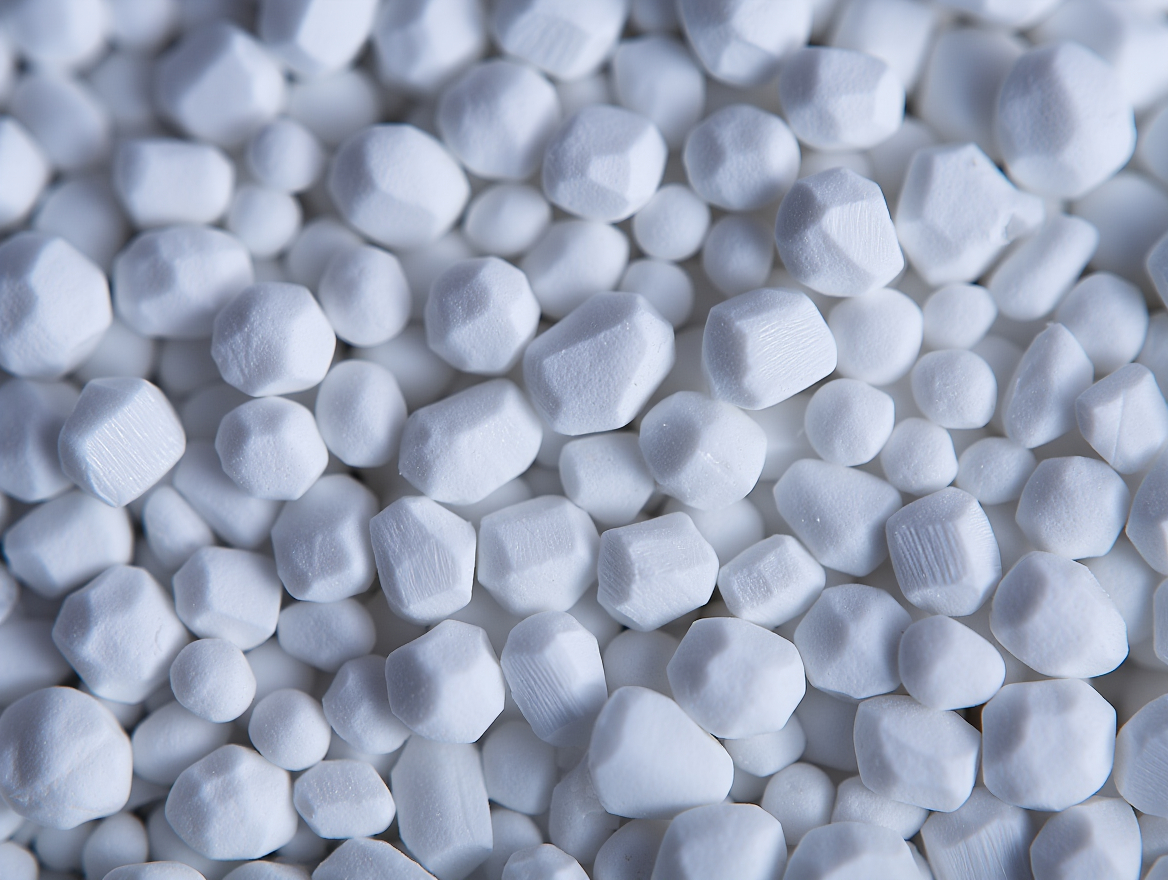
Introduction
Ammonium nitrate (NH₄NO₃) is a crystalline, highly soluble fertilizer containing 34% nitrogen. It has long been valued for its agronomic performance, particularly in cool and wet climates, where it outperforms urea. However, ammonium nitrate also has explosive properties, making it a dual-use material subject to strict regulation and security measures worldwide.
This combination of agricultural importance and safety risks has made ammonium nitrate one of the most scrutinized and politically sensitive fertilizers.
History
Ammonium nitrate was first synthesized in the 17th century, but its commercial use as a fertilizer began in the early 20th century. By the 1920s, it was being produced industrially in Europe.
Its dual role as a fertilizer and explosive became starkly evident during World War II, when ammonium nitrate was widely used in munitions. After the war, production shifted back toward agriculture, particularly in Europe, where it became a staple nitrogen source for cereals and pasture.
Over the past decades, major disasters — including the Texas City disaster (1947), the Beirut port explosion (2020), and others — have highlighted its risks, reinforcing strict global controls.
Production Process
Ammonium nitrate is produced by neutralizing nitric acid (HNO₃) with ammonia (NH₃). The reaction produces a concentrated solution, which is then evaporated and solidified into prills or granules.
- Inputs: Ammonia (from Haber-Bosch) + Nitric Acid (from ammonia oxidation).
- Output: A dense, stable fertilizer or explosive precursor.
Plants are often integrated into ammonia and nitric acid complexes to optimize production economics.
Global Supply & Trade
Ammonium nitrate capacity is smaller than urea, reflecting its more limited role.
Key Producers
- Europe: Yara, Borealis, and OCI are major producers.
- Russia & CIS: Uralchem, EuroChem, and other regional players dominate.
- North America: Limited capacity, but CF Industries produces for both domestic agriculture and industrial use.
Trade Flows
- Europe: largest consumer market, applying ammonium nitrate to cereals, grasslands, and pastures.
- Russia & CIS: large producer and exporter, supplying both agriculture and mining.
- Global trade: limited due to safety and regulatory constraints.
Imports are often tightly controlled, with some countries banning ammonium nitrate entirely for agricultural use, instead promoting urea or UAN.
Applications
- Agriculture:
- Cereals, pastures, and forage crops in temperate climates.
- Performs better than urea in cool, wet soils due to reduced volatilization losses.
- Industrial:
- A key component of ANFO (Ammonium Nitrate Fuel Oil), which accounts for over 80% of explosives used in mining, quarrying, and construction.
Market Economics
Ammonium nitrate pricing is influenced by ammonia and nitric acid costs, as well as competition with urea.
Benchmarks
- FOB Europe and FOB Black Sea are reference points for pricing.
- In some markets, ammonium nitrate carries a price premium over urea due to its better agronomic efficiency.
Demand Drivers
- European grassland and cereal production.
- Mining and construction demand for explosives.
- Regulatory shifts that restrict or ban use in certain countries.
Why Ammonium Nitrate Matters
Ammonium nitrate sits at the intersection of food production and security policy.
- For farmers, it is one of the most effective nitrogen fertilizers available, ensuring reliable yields in challenging climates.
- For industry, it is indispensable in mining and construction.
- For governments, it is a material of concern, requiring careful regulation to prevent misuse in terrorism or accidents.
Sustainability & Risks
- Explosion Risk: Poor storage, contamination, or overheating can trigger catastrophic explosions. This has made ammonium nitrate one of the most tightly regulated fertilizers.
- Environmental Impact: Similar to other nitrogen fertilizers, it can contribute to nitrate leaching, water pollution, and greenhouse gas emissions.
- Regulation: Europe enforces strict handling and reporting rules. Some countries, like the US, regulate ammonium nitrate under Homeland Security protocols.
Mitigation
- Use of coated or stabilized products.
- Enhanced training and storage guidelines.
- Substitution with urea or UAN in high-risk regions.
Future Outlook
Ammonium nitrate’s share of global nitrogen fertilizer is slowly declining as urea gains ground due to safety and transport advantages. However, ammonium nitrate will remain significant in specific regions and industries:
- Europe: continued use in grassland and cereal systems.
- Mining: sustained industrial demand for ANFO explosives.
- Global South: declining use as countries push urea-based alternatives.
Its future hinges on balancing agricultural benefits against safety concerns — ensuring ammonium nitrate remains available for legitimate use while minimizing risks.




